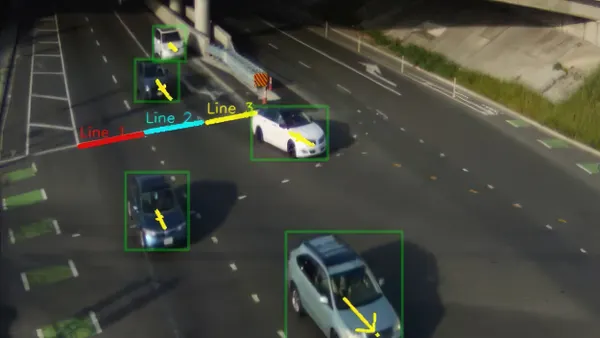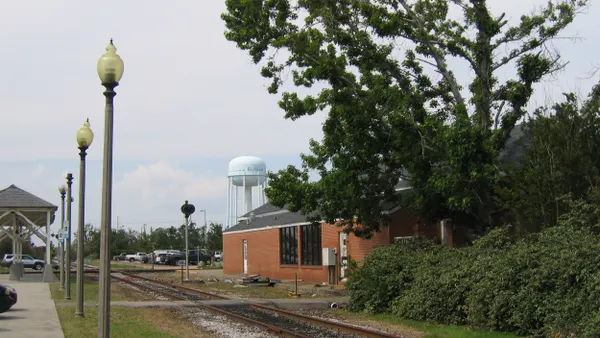Bus manufacturer New Flyer is benefiting from the disappearance of two competitors in the U.S. transit market, NFI Group President and CEO Paul Soubry said on the company’s earnings call Aug. 2. “We now have some of those customers looking to us to try and fill a gap if we can provide parts for their vehicles,” he said.
Last year, Nova Bus, with a manufacturing facility in Plattsburgh, New York, said it would leave the U.S. market by 2025, while California-based Proterra declared Chapter 11 bankruptcy and sold its businesses to other manufacturers.
But growing orders for zero-emission transit buses, spurred by billions in federal grants, led to an $11.8 billion backlog in orders for New Flyer as of June 30. Soubry said that was another record for NFI. With battery-electric and fuel cell buses selling at a premium to fossil-fuel vehicles, the average selling price for buses in their order backlog grew 19% year-over-year, he said.
Some supply chain and other challenges that hobbled bus-makers’ ability to deliver on orders have begun to ease, Soubry said. While there have been delays for components like seats and wiring harnesses, “These are not global supply-type challenges like we have with microprocessors, but rather isolated short-term delays we're actively managing with specific suppliers,” he explained. Soubry said the company expects delays to continue through this year as suppliers ramp up for higher production and New Flyer increases the percentage of zero-emission bus production.
Strong demand from transit agencies
The transition to electric and fuel cell buses continues, with over 6,100 new full-size zero-emission transit buses on order, funded or on the road in the U.S. in 2023, according to Calstart, a national clean transportation advocacy group.
The New York Metropolitan Transportation Authority plans to replace its entire fleet of 5,800 buses with zero-emission vehicles by 2040, as does the Chicago Transit Authority. The Washington Metropolitan Area Transit Authority aims for a 100% zero-emission bus fleet by 2042. Together with the Los Angeles County Metropolitan Transportation Authority, these agencies represent the four largest transit bus fleets in the U.S., according to data from the American Public Transportation Association.
The California Air Resources Board set a statewide goal for transit agencies to transition their bus fleets to all zero-emission buses by 2040. To help, the California Energy Commission established funding incentives of $11.4 million for hydrogen fueling and electric vehicle charging infrastructure in 2023 and $15 million in 2024.
The program also has an equity focus, said Aidan Anthony, associate project manager at Calstart, which administers the CEC program along with Tetra Tech, a consulting and engineering firm. Applicants that meet specific criteria, such as infrastructure that serves disadvantaged or low-income communities or those serving Native American tribes may be entitled to additional funding above the base amount. “Those communities have been historically the most negatively affected by tailpipe emissions,” Anthony said.











